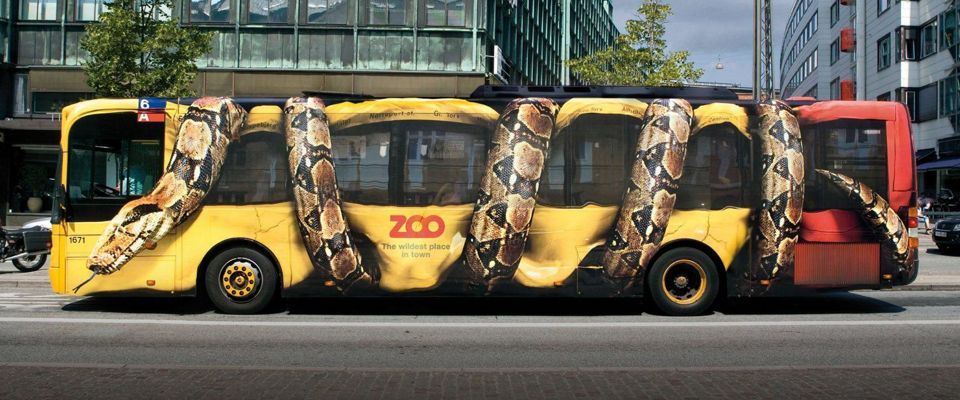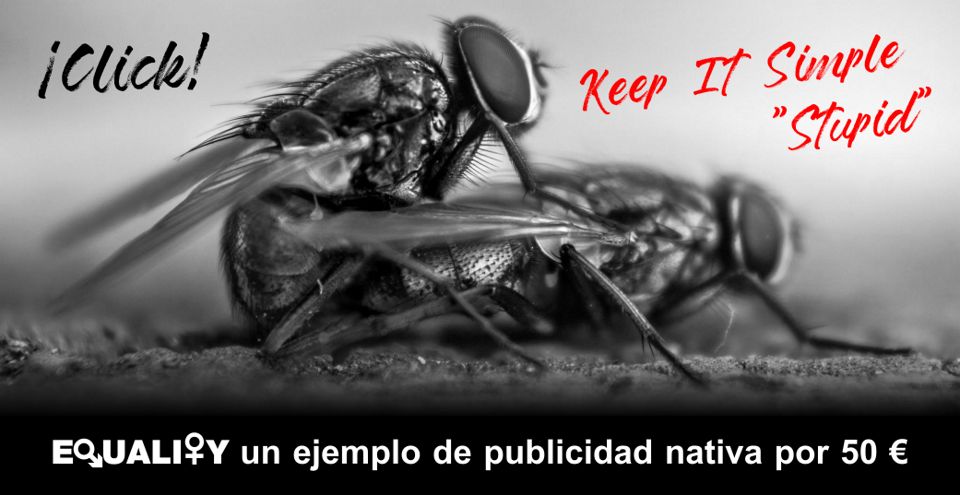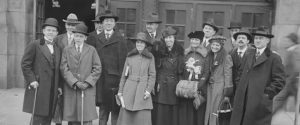Native advertising is an advertising format that is created by and for a specific advertising medium or location, integrating perfectly into it to take advantage of its full potential.
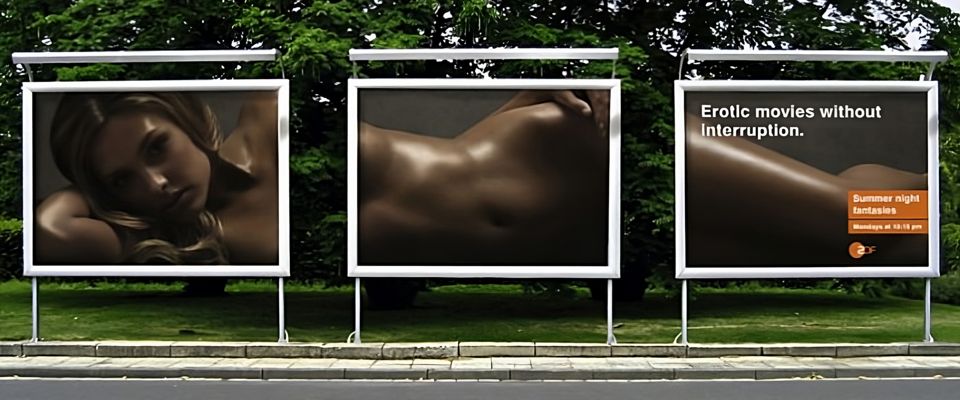
This is a lawful marketing practice and should therefore not be understood and practised as a form of covert advertising. Advertising or promotional content must be clearly identified by the user as such. Any other practice in this respect constitutes consumer fraud and an unfair practice against the competition, both of the advertising company, the advertising agency and the communication medium.

Therefore, if there can be any doubt, native advertising should be marked as such, so that users can unequivocally identify that it is an advertisement and not an editorial piece. The greater the mimicry between the advertisement and the medium, the clearer and more evident the warning should be.
Native advertising adapts to the medium to interact with the consumer and offer them an experience that allows the commercial message to be transmitted in a more natural, original and non-intrusive way, to arouse their interest, eliminate filters, break down barriers and try to generate trust.
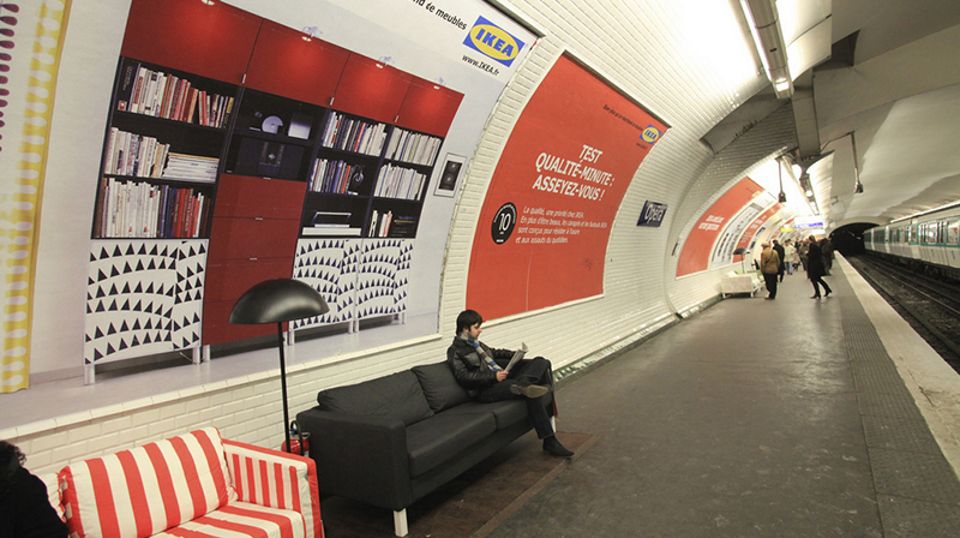
But even if it were a perfectly adapted, targeted, focused and executed native advertising action, it would certainly not be enough. A single ad cannot achieve the frequency of impacts necessary to differentiate the product/service, generate recall and, when the time comes, encourage the purchase decision.
This is how we arrive at the concept of the native advertising campaign: different advertisements with a common link, adapted to the characteristics and content of each of the locations or advertising media, to make the values that emanate from each of them their own.
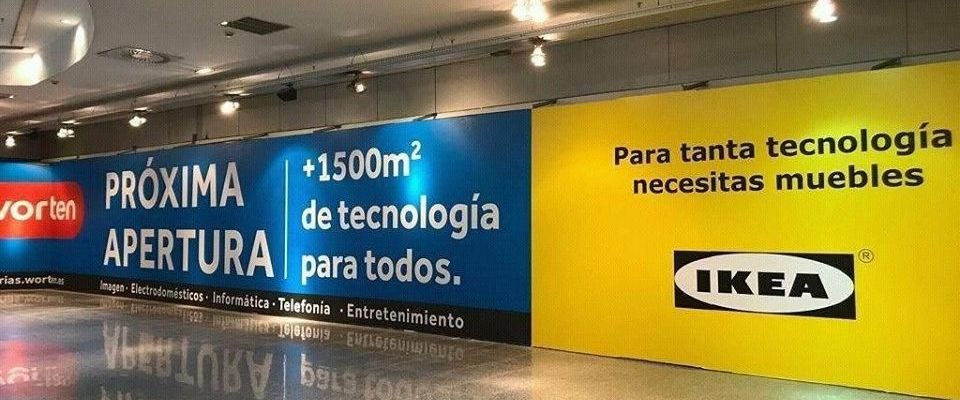
In this sense, internet advertising is very similar to bus shelter advertising. The potential consumer is going to make a “journey” in search of information, until he arrives at the place or moment where he will make the purchase, the “shopping centre”. Along the way, they will pass in front of a series of “bus shelters”, in the case of the internet, news, articles, advertisements, banners…, which can have a decisive influence on their final decision.
In this way, the marketer must replicate the “routes” that the majority of potential consumers may follow in their purchasing decision processes, in order to try to determine if the web supports with the greatest potential. Once identified, depending on the particular characteristics of each of them, they will propose the most appropriate technique and adapt the content to obtain the greatest notoriety and impact of the essential message to be transmitted; the claim of the campaign.
Jaime Ávila Rodríguez de Mier
General Director of Recursos de Mercado
Published on 1 June 2022 by the magazine:
